How to ask for what you want
LeadershipCatherine Brenner, Louise Adler and Sam Mostyn offered their advic...
Become a part of the FW family for as little as $1 per week.
Explore MembershipsTurn words into action. Work with us to build a more diverse and inclusive workplace.
Learn MoreHear from notable women around the country on topics including leadership, business, finance, wellness and culture.
Mark your diariesTwo days of inspiring keynote speeches, panel discussions and interactive sessions.
Learn MoreCatherine Brenner, Louise Adler and Sam Mostyn offered their advic...
Em Rusciano outlines four lessons we can all take from her own sei...
In our latest series, Making The Case, Future Women's arguer-in-ch...
Putting survivors of family violence at the centre of the story.
Listen NowA program for mid-career women and exceptional graduates to fast track their career journey.
Learn MoreConnect with expert mentors and an advisory board of like-minded women to solve a professional challenge.
Learn MoreOn Tuesday, a triumphant Treasurer declared from the dispatch box that Australia is coming back.
What followed, though, was not a return to the Coalition’s pre-pandemic normal. The party’s ideological bastions of austerity and fiscal conservatism were nowhere to be seen as Josh Frydenberg read out a high-spending economic plan with plenty of winners and very few losers.

On our current trajectory, that seems unlikely.
After blood clots forced a major change to who gets AstraZeneca in April, Prime Minister Scott Morrison said, “while we would like to see these doses completed before the end of the year, it is not possible to set such targets given the many uncertainties involved.”

It’s also worth noting that this is later than the last budget predicted. Then, the government predicted that international travel would be off the cards until at least the end of 2021.
So put that Bali trip with the girls on hold.
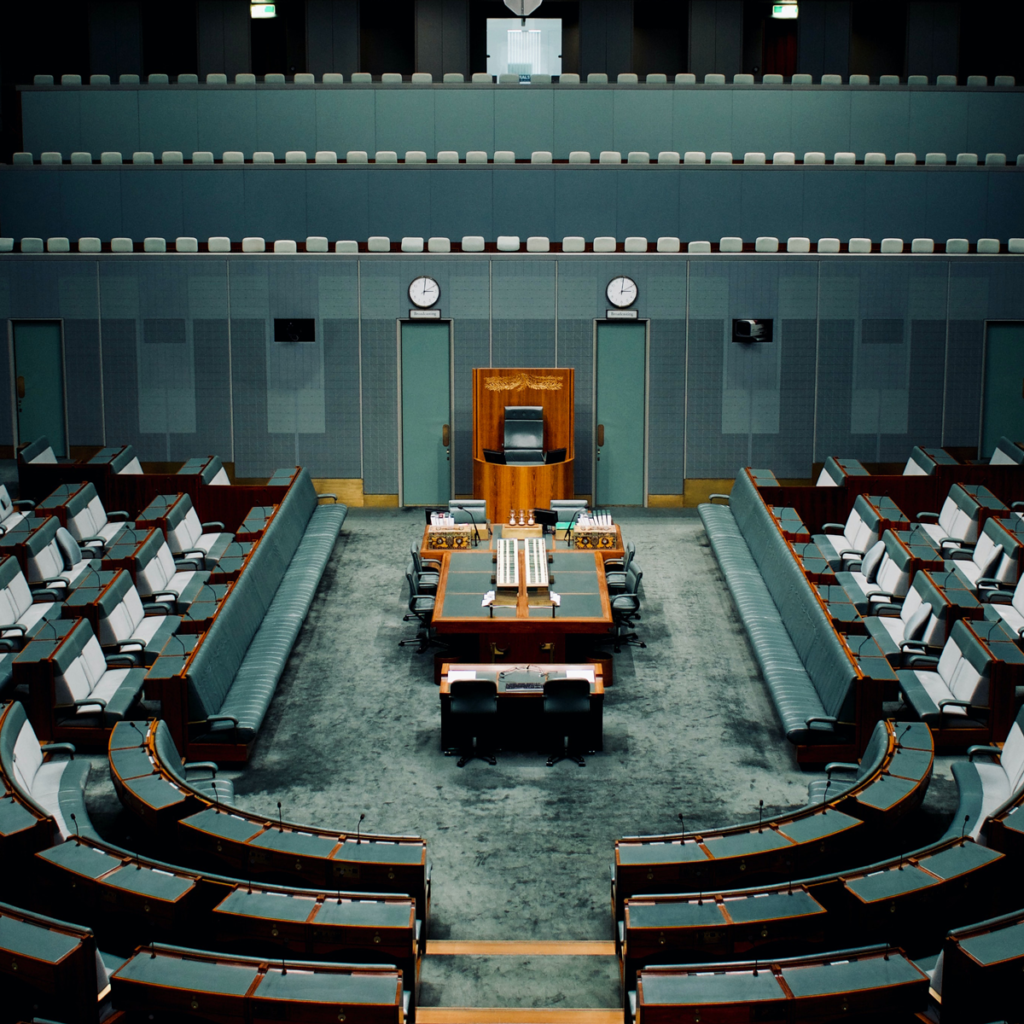
The days of debt and deficit are gone too, and it feels like the Coalition has gone out of its way to neutralise policy areas where it’s usually weak to a Labor attack – think aged care, childcare and social issues.

This is a significant investment to reform an indisputably broken system.
But does it go far enough? It’s hard to say.
In April, The Grattan Institute estimated that $10 billion a year is needed for proper reform.

The $7.8 billion offset will see 10.2 million low and middle income earners pocket:

This is folded into a $3.4 billion package for women’s safety, economic security, health and wellbeing.
But remember: this is not just for women, it’s for families!
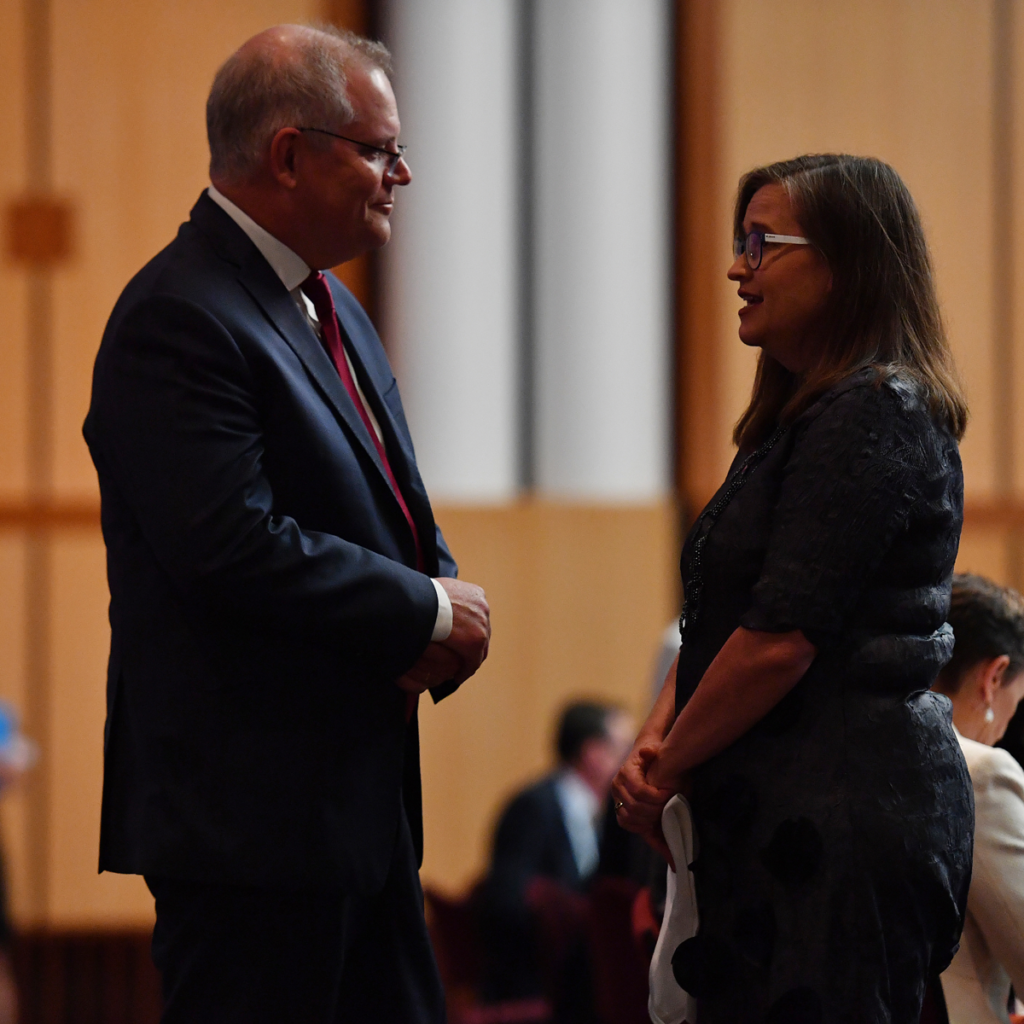
The government received this landmark report by Sex Discriminator Commissioner Kate Jenkins in January 2020 – 16 months ago.
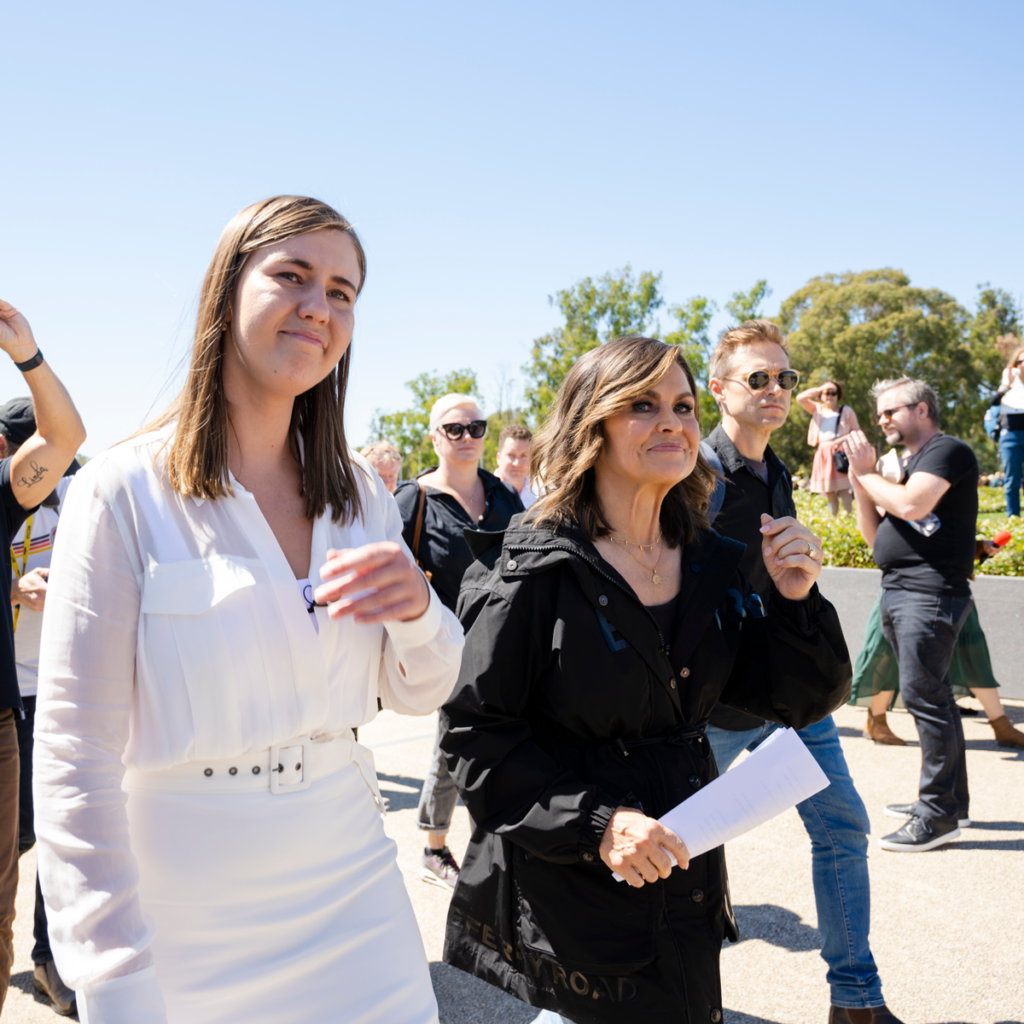
$1.1 billion, to be exact. This will go towards:

Why is this a bonus for women?
Because it is, overwhelmingly, a female workforce. 87 percent of workers in residential care services are women.

$148 million will be focused on breast cancer treatments, endometriosis and genetic testing of embryos.
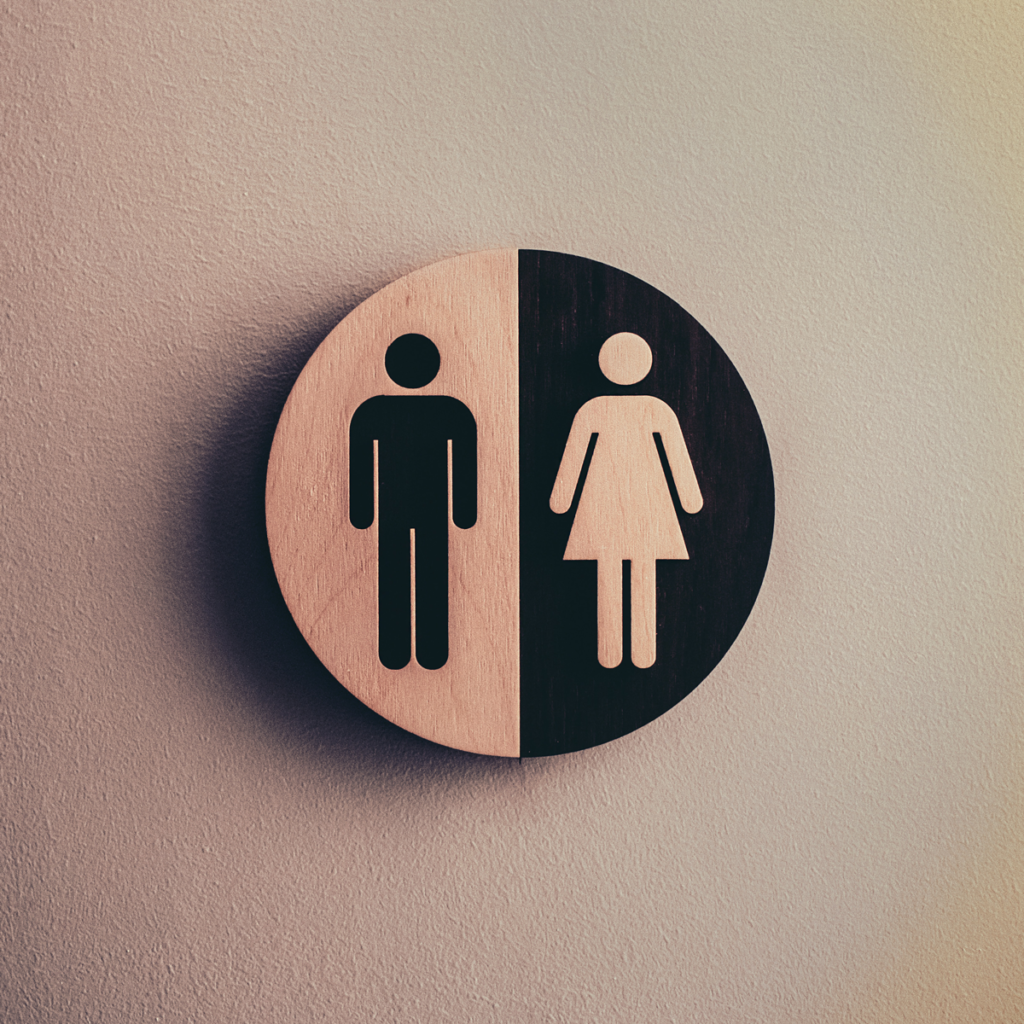
Although the budget paints the picture of a healthy economic recovery, wages are only set to grow by 1.5 percent until 2023, and 2.5 percent at best in 2024-25.
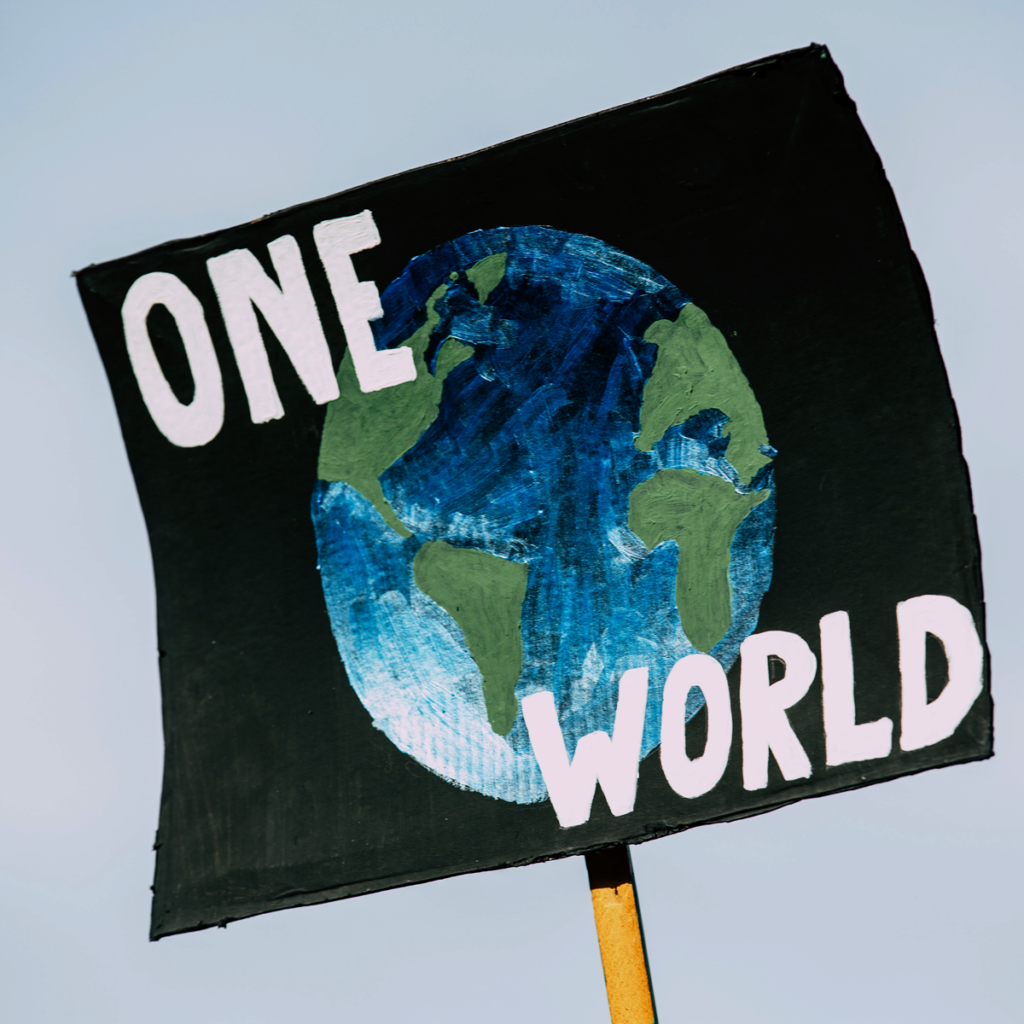
No significant environmental funding in sight, and no new commitments to move us towards lower emissions faster.
As for net zero emissions?
On Tuesday Treasurer Josh Frydenberg reaffirmed the government’s goal to get there “as soon as we possibly can, preferably by 2050”.

There’s no change to paid parental leave, no work to reduce the gender pay gap, and no pay rises for the caring professions.

Last year, the federal government invested $1 billion in university research to compensate for a drastic shortfall in international students.
This time, there was no such luck.
When coupled with the end of JobKeeper and a $1.2 billion rescue package for the tourism and aviation sectors, the university sector is one of the biggest losers in this budget.
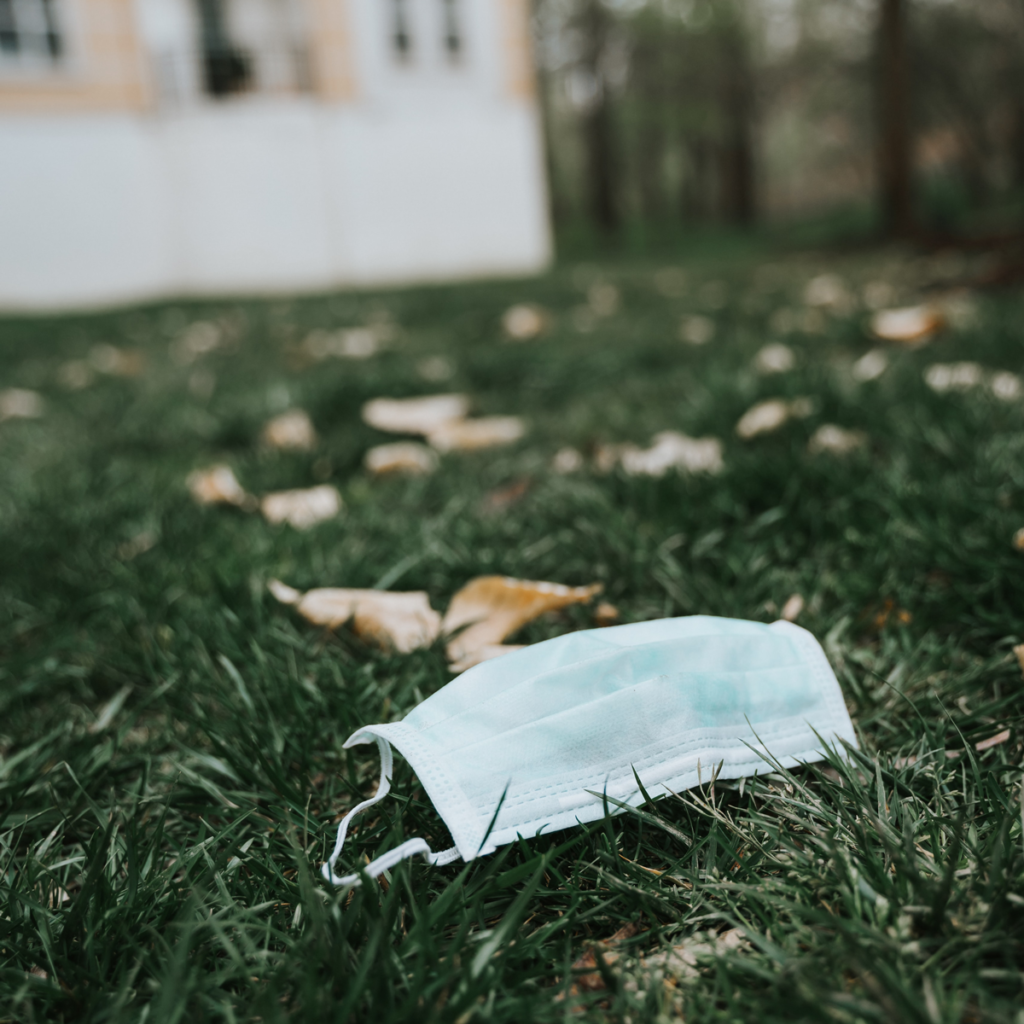
This will sting for the states – especially Victoria, which recently asked the Commonwealth to help fund a purpose-built quarantine hub in Melbourne’s north.
If you’re not a member, sign up to our newsletter to get the best of Future Women in your inbox.
